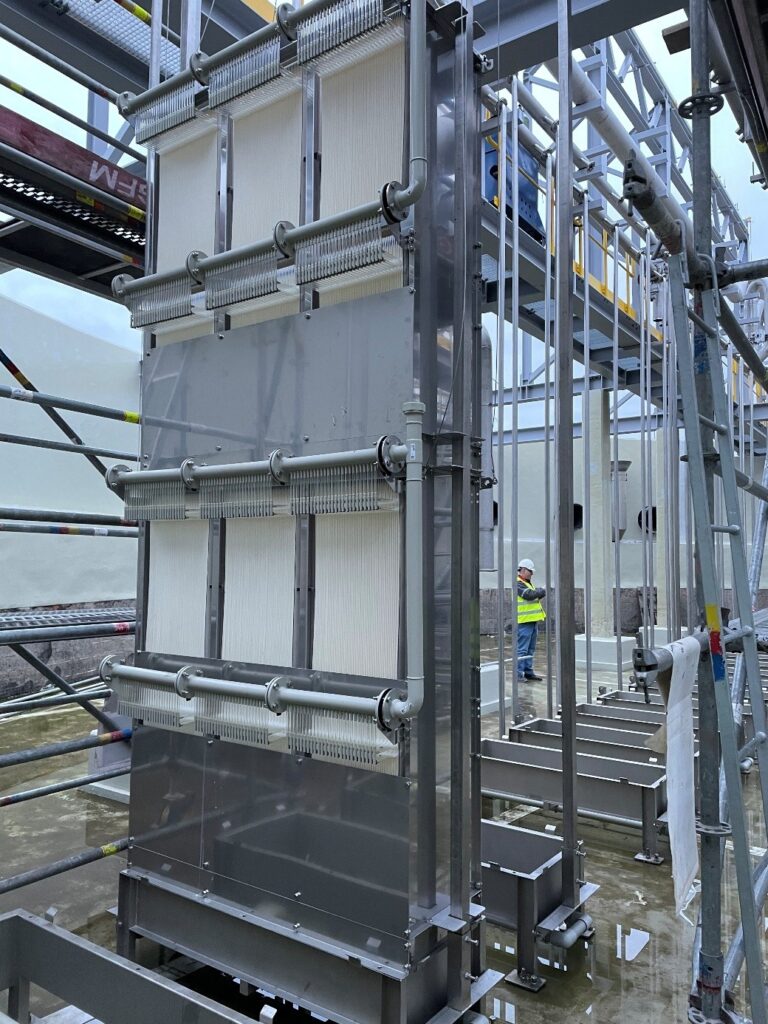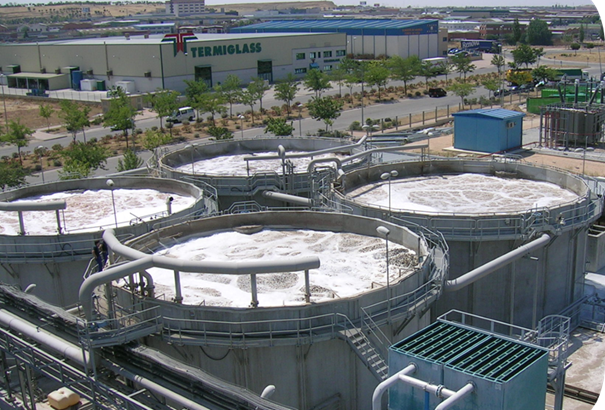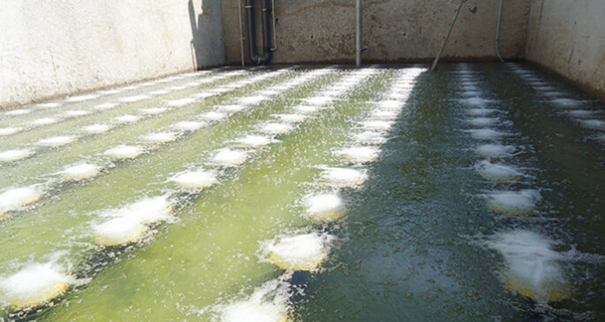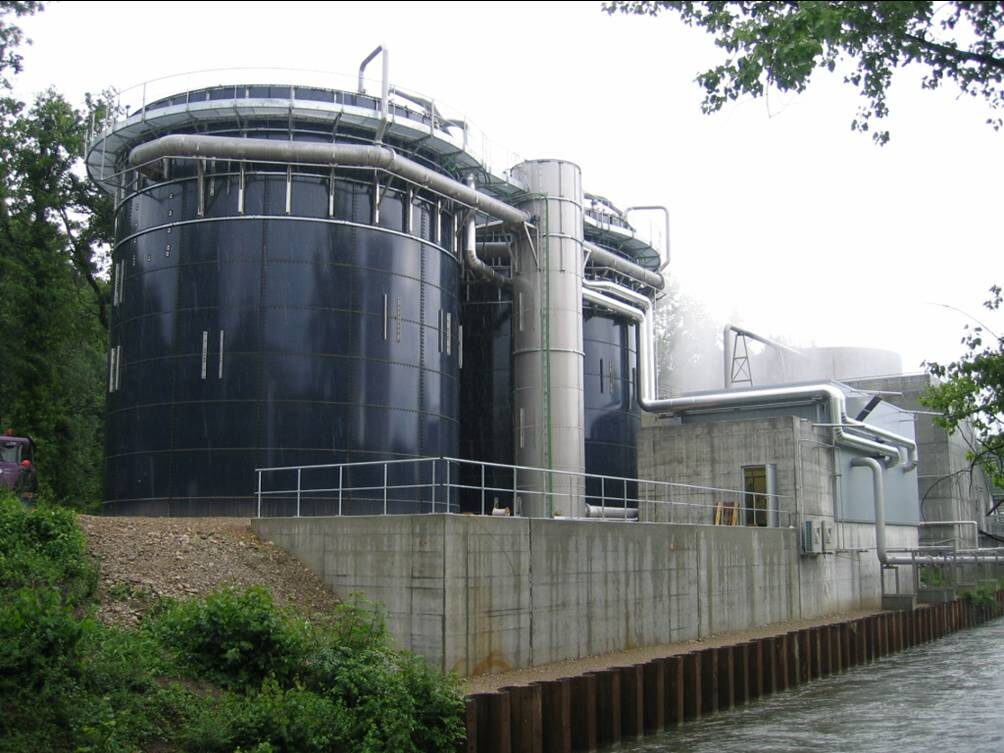Your challenges

Consistency of wastewater quality & reducing operational complexity and maintenance
Reduction of organic pollution (COD/BOD)
Organic pollution originates from human, animal, industrial, or agricultural activity. These pollutants are a major concern in both municipal and industrial wastewater management due to their environmental and health impacts.
Regulatory compliance
One of the most critical challenges clients faces is ensuring that their wastewater discharges meet strict environmental laws and regulations. Non-compliance can result in heavy fines, legal action, reputational damage, or even a complete shutdown of operations. Permits for discharging wastewater often come with strict conditions, including regular monitoring, reporting, and audits.
Adaptability to variable loads
In many real-world scenarios—especially in industrial and mixed-use municipal systems—the composition and volume of wastewater can vary significantly over time. Such variability can destabilize less adaptable treatment systems, leading to poor performance, non-compliance with discharge limits.
How our aerobic treatment solutions work
Aerobic treatment is a biological process that uses oxygen and microorganisms to break down organic pollutants in wastewater. It typically occurs in an aeration tank, where air is pumped in to maintain oxygen-rich conditions. The microorganisms consume the organic matter, converting it into carbon dioxide, water, and biomass.
After treatment, the water flows into a settling tank where the biomass (sludge) settles out. The treated water can then be discharged or further treated, while the sludge is removed and processed separately.
Our solutions

BIOCTOR-Continuous
Continuous treatment of wastewater based on traditional activated sludge process combined with gravity separation of the sludge from the treated water via secondary clarifier.
BIOCTOR-Flot
Continuous treatment of wastewater based on traditional activated sludge process combined with Dissolved Air Flotation (DAF) system for the sludge-water separation. Using a Dissolved Air Flotation (DAF) system for sludge and water separation, instead of a conventional clarifier, allows the biological reactor to be more compact.
BIOCTOR-SBR
Sequencing batch reactor, designed to treat wastewater in a single tank through a series of time-controlled phases. With its compact and flexible design, BIOCTOR-SBR is excellent for variable flows and loads. Further, the system is capable of nitrification and denitrification in the same tank
BIOCTOR-MBR
This process is based on conventional continuous activated sludge treatment, but uses membranes for separating sludge from water. It employs either flat plate or hollow fiber membrane modules, which can be installed directly within the aeration tank or housed in a separate membrane tank.
BIOCTOR-Floobed
Moving Bed Biofilm Reactor where the core of the process is an advanced biofilm carrier element combined with optimized, energy efficient aeration and mixing, using continuous process control. Micro-organisms form a biofilm on the surface of the approprietary plastic carriers that are suspended in the reactor and are constantly mixed through the aeration system.
BIOCTOR-HRNR
Biological removal of nitrogen in highly concentrated side streams such as effluent from Anaerobic digesters. In this process, specialized bacteria is converting the ammonium and nitrite directly to nitrogen gas. With that, the system has the benefits such as low energy use, no need of carbon dosing and less sludge production.
Nereda®
Nijhuis Saur Industries has a partnership with Haskoning to provide the Nereda® technology to the industrial market. Nereda technology is an advanced wastewater treatment method that utilizes aerobic granular sludge to treat the wastewater. This process takes advantage of the distinctive characteristics of the dense granules, enabling multiple biological functions to occur at the same time. As a result, it delivers efficient, high-quality water purification while using less energy and requiring less space.
Customer benefits
Our aer0bic treatment solutions combine process knowledge with smart design — giving you more control, more consistency, and more savings.

Conform to local and international wastewater regulations
Aerobic microbes efficiently break down organic pollutants, reducing biochemical oxygen demand (BOD) and chemical oxygen demand (COD) in the effluent. Moreover, biological aerobic systems support simultaneous nitrification and carbon removal, making them highly effective in purifying wastewater to meet stringent discharge standards.
Robust system and reliable operation
Aerobic systems are robust stable. Further, the automated controls for aeration, mixing, and sludge removal, reduces the need for constant manual monitoring and allows for real-time optimization.
Expertise
Working with NSI will bring experienced technologists and engineers with a track record of successful installations across both industrial and municipal sectors.
Customized solutions
NSI team assess each client’s unique requirements and design tailored wastewater treatment systems that match specific flow rates, pollution loads, and regulatory requirements.
Turnkey
From feasibility studies and design to installation, commissioning, and after-sales support, we manage the entire process to ensure seamless implementation and performance
Aerobic treatment solutions highlights:

- Pulp & Paper
- Food & Beverage
- Municipal
- Wastewater
- Pharma & personal care
- Mining and minerals
- Energy
Aerobic – FlooBed®
- Wastewater
Frequently Asked Questions (FAQ)
How efficient is aerobic wastewater treatment?
Properly operated systems can remove over 90% of BOD (Biochemical Oxygen Demand) and suspended solids, ensuring compliance with most discharge regulations.
Does aerobic wastewater treatment remove nitrogen or phosphorus?
Standard aerobic systems mainly remove organic matter. However, with specific design steps (e.g., nitrification-denitrification, enhanced biological phosphorus removal), they can also reduce nitrogen and phosphorus.
How much maintenance is required?
Routine tasks include blower and pump maintenance, sludge removal, DO monitoring, and occasional microbial health checks. Most systems are designed for low to moderate operator involvement.
Can aerobic systems handle variable flows or loads?
Yes. Many modern systems, like SBRs and MBBRs, are designed to adapt biologically and hydraulically to fluctuations in flow and pollutant load.
What are the limitations or challenges?
- Higher energy use (due to aeration)
- More sludge generation than anaerobic systems
- Sensitive to toxic substances or extreme pH changes